
Bak regulates mitochondrial morphology and pathology during apoptosis by interacting with mitofusins
Mitochondrial injury, characterized by outer membrane permeabilization and consequent release of apoptogenic factors, is a key to apoptosis of mammalian cells. Bax and Bak, two multidomain Bcl-2 family proteins, provide a requisite gateway to mitochondrial injury. However it is unclear how Bax and Bak cooperate to provoke mitochondrial injury and whether their roles are redundant. Here, we have identified a unique role of Bak in mitochondrial fragmentation, a seemingly morphological event that contributes to mitochondrial injury during apoptosis. We show that mitochondrial fragmentation is attenuated in Bak-deficient mouse embryonic fibroblasts, baby mouse kidney cells, and, importantly, also in primary neurons isolated from brain cortex of Bak-deficient mice. In sharp contrast, Bax deficiency does not prevent mitochondrial fragmentation during apoptosis. Bcl-2 and Bcl-XL inhibit mitochondrial fragmentation, and their inhibitory effects depend on the presence of Bak. Reconstitution of Bak into Bax/Bak double-knockout cells restores mitochondrial fragmentation, whereas reconstitution of Bax is much less effective. Bak interacts with Mfn1 and Mfn2, two mitochondrial fusion proteins. During apoptosis, Bak dissociates from Mfn2 and enhances the association with Mfn1. Mutation of Bak in the BH3 domain prevents its dissociation from Mfn2 and diminishes its mitochondrial fragmentation activity. This study has uncovered a previously unrecognized function of Bak in the regulation of mitochondrial morphological dynamics during apoptosis. By this function, Bak may collaborate with Bax to permeabilize the outer membrane of mitochondria, unleashing the apoptotic cascade.
Citations by journals
|
2
4
6
8
10
|
|
|
Molecular Cell

|

Molecular Cell
10 publications, 3.57%
|
|
Cell Death and Differentiation

|

Cell Death and Differentiation
8 publications, 2.86%
|
|
Cell Death and Disease

|

Cell Death and Disease
7 publications, 2.5%
|
|
Journal of Biological Chemistry
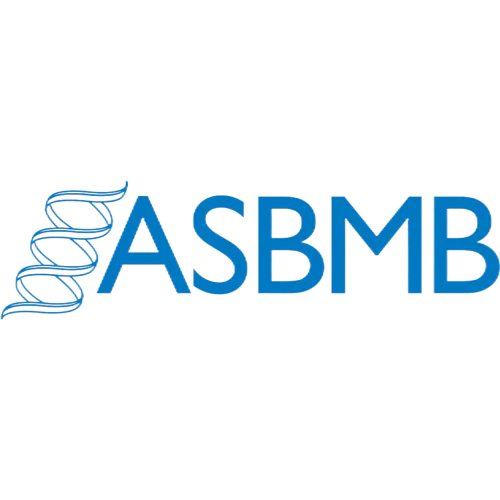
|

Journal of Biological Chemistry
7 publications, 2.5%
|
|
Antioxidants and Redox Signaling
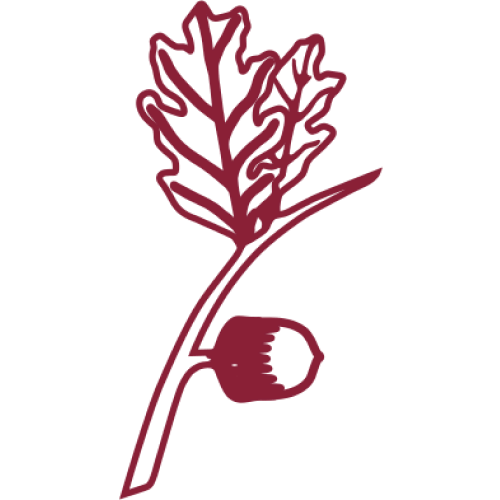
|

Antioxidants and Redox Signaling
6 publications, 2.14%
|
|
Kidney International

|

Kidney International
6 publications, 2.14%
|
|
Journal of the American Society of Nephrology : JASN

|

Journal of the American Society of Nephrology : JASN
5 publications, 1.79%
|
|
Journal of Cell Science

|

Journal of Cell Science
5 publications, 1.79%
|
|
Scientific Reports

|

Scientific Reports
5 publications, 1.79%
|
|
PLoS ONE
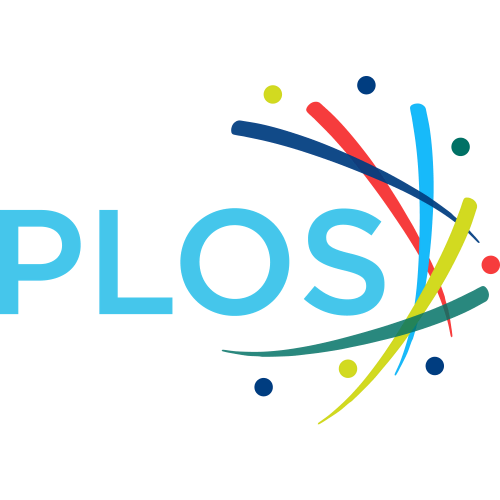
|

PLoS ONE
5 publications, 1.79%
|
|
Biochimica et Biophysica Acta - Molecular Cell Research

|

Biochimica et Biophysica Acta - Molecular Cell Research
5 publications, 1.79%
|
|
EMBO Journal

|

EMBO Journal
4 publications, 1.43%
|
|
American Journal of Physiology - Renal Physiology

|

American Journal of Physiology - Renal Physiology
4 publications, 1.43%
|
|
Journal of Clinical Investigation

|

Journal of Clinical Investigation
3 publications, 1.07%
|
|
International Journal of Molecular Sciences

|

International Journal of Molecular Sciences
3 publications, 1.07%
|
|
Apoptosis : an international journal on programmed cell death

|

Apoptosis : an international journal on programmed cell death
3 publications, 1.07%
|
|
Mitochondrion

|

Mitochondrion
3 publications, 1.07%
|
|
Cancer Letters

|

Cancer Letters
3 publications, 1.07%
|
|
Journal of Cellular Physiology

|

Journal of Cellular Physiology
3 publications, 1.07%
|
|
Oxidative Medicine and Cellular Longevity

|

Oxidative Medicine and Cellular Longevity
3 publications, 1.07%
|
|
American Journal of Physiology - Cell Physiology

|

American Journal of Physiology - Cell Physiology
3 publications, 1.07%
|
|
Journal of Cell Biology

|

Journal of Cell Biology
3 publications, 1.07%
|
|
Clinical Science

|

Clinical Science
2 publications, 0.71%
|
|
Oncology Reports

|

Oncology Reports
2 publications, 0.71%
|
|
Cells

|

Cells
2 publications, 0.71%
|
|
Nature Communications

|

Nature Communications
2 publications, 0.71%
|
|
Molecular Neurobiology

|

Molecular Neurobiology
2 publications, 0.71%
|
|
Nature Reviews Molecular Cell Biology

|

Nature Reviews Molecular Cell Biology
2 publications, 0.71%
|
|
Molecular and Cellular Biochemistry

|

Molecular and Cellular Biochemistry
2 publications, 0.71%
|
|
2
4
6
8
10
|
Citations by publishers
|
10
20
30
40
50
60
70
|
|
|
Elsevier

|

Elsevier
66 publications, 23.57%
|
|
Springer Nature

|

Springer Nature
52 publications, 18.57%
|
|
Wiley

|

Wiley
20 publications, 7.14%
|
|
Multidisciplinary Digital Publishing Institute (MDPI)

|

Multidisciplinary Digital Publishing Institute (MDPI)
14 publications, 5%
|
|
American Society for Biochemistry and Molecular Biology

|

American Society for Biochemistry and Molecular Biology
8 publications, 2.86%
|
|
American Physiological Society

|

American Physiological Society
8 publications, 2.86%
|
|
Mary Ann Liebert

|

Mary Ann Liebert
7 publications, 2.5%
|
|
The Company of Biologists

|

The Company of Biologists
6 publications, 2.14%
|
|
Hindawi Limited

|

Hindawi Limited
6 publications, 2.14%
|
|
American Society of Nephrology

|

American Society of Nephrology
5 publications, 1.79%
|
|
Public Library of Science (PLoS)

|

Public Library of Science (PLoS)
5 publications, 1.79%
|
|
EMBO press

|

EMBO press
5 publications, 1.79%
|
|
Frontiers Media S.A.

|

Frontiers Media S.A.
4 publications, 1.43%
|
|
Oxford University Press

|

Oxford University Press
4 publications, 1.43%
|
|
Rockefeller University Press

|

Rockefeller University Press
4 publications, 1.43%
|
|
American Society for Clinical Investigation

|

American Society for Clinical Investigation
3 publications, 1.07%
|
|
Portland Press

|

Portland Press
3 publications, 1.07%
|
|
Spandidos Publications

|

Spandidos Publications
3 publications, 1.07%
|
|
Taylor & Francis

|

Taylor & Francis
3 publications, 1.07%
|
|
Future Medicine

|

Future Medicine
2 publications, 0.71%
|
|
Wolters Kluwer Health

|

Wolters Kluwer Health
2 publications, 0.71%
|
|
SAGE

|

SAGE
2 publications, 0.71%
|
|
King Saud University

|

King Saud University
2 publications, 0.71%
|
|
Federation of American Societies for Experimental Biology (FASEB)

|

Federation of American Societies for Experimental Biology (FASEB)
2 publications, 0.71%
|
|
Dove Medical Press

|

Dove Medical Press
2 publications, 0.71%
|
|
American Association for the Advancement of Science (AAAS)

|

American Association for the Advancement of Science (AAAS)
2 publications, 0.71%
|
|
Cold Spring Harbor Laboratory
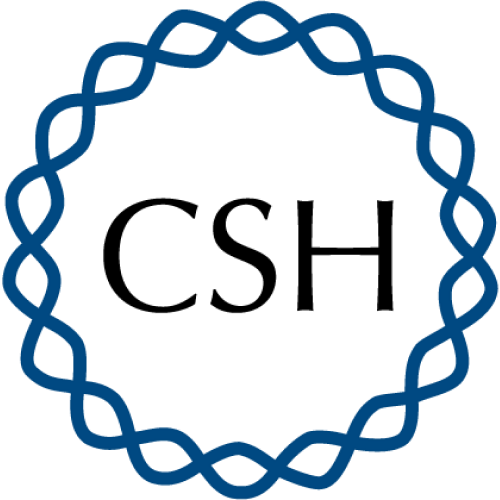
|

Cold Spring Harbor Laboratory
2 publications, 0.71%
|
|
American Society for Cell Biology (ASCB)
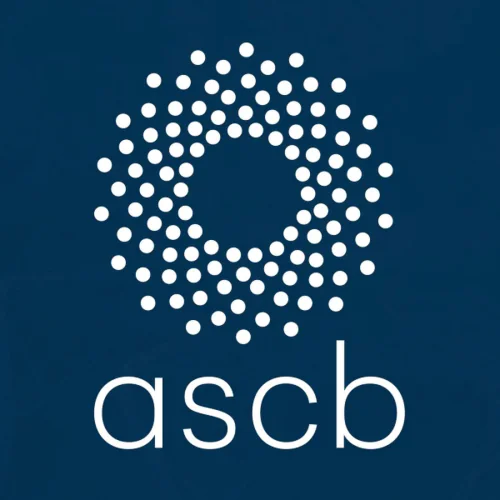
|

American Society for Cell Biology (ASCB)
2 publications, 0.71%
|
|
Society for Neuroscience

|

Society for Neuroscience
2 publications, 0.71%
|
|
10
20
30
40
50
60
70
|
- We do not take into account publications that without a DOI.
- Statistics recalculated only for publications connected to researchers, organizations and labs registered on the platform.
- Statistics recalculated weekly.
